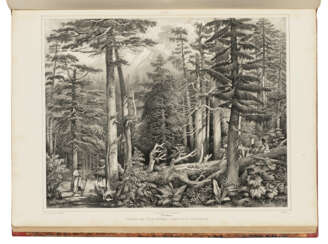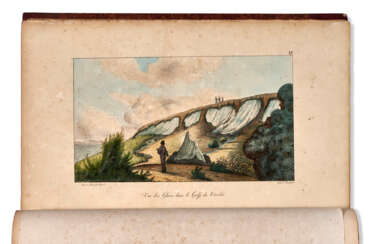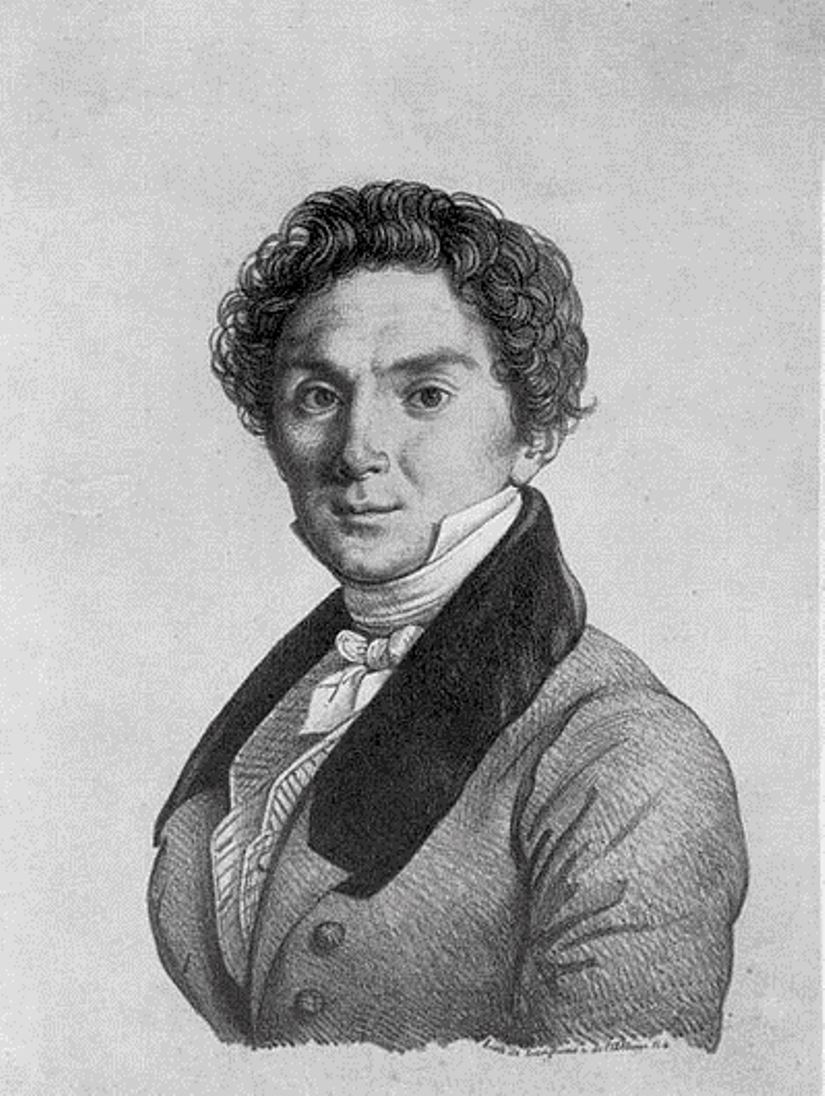kamchatka
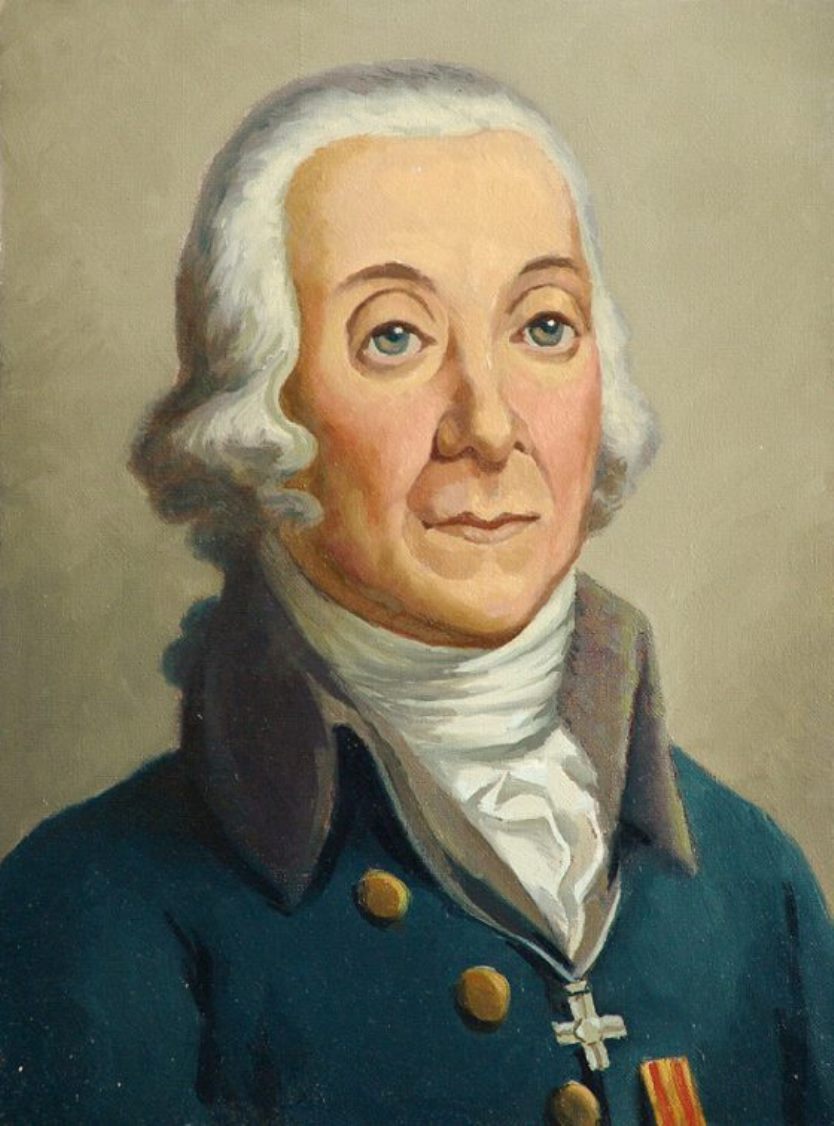
Peter Simon Pállas was a German and Russian scientist-encyclopedist, naturalist and traveler, who gave almost all his life to the service of Russia.
The breadth of his scientific interests made him a true encyclopedist, but he was particularly interested in natural sciences. By the age of 25, Pallas had already acquired European fame as a major scientist-naturalist. At the same time he received an invitation from the St. Petersburg Academy of Sciences, where he was offered a professorship. In 1767, Pallas arrived in St. Petersburg with his wife and soon led several important expeditions to Siberia and southern Russia. In his numerous ethnographic descriptions, the scientist was the first to report in detail on the Kalmyks, Tatars, Mordvins, Chuvashs, Nagaians, Tungus (Evenks), Votyaks (Udmurts), and Cheremis (Mari). In addition, he brought with him large natural-scientific collections. Later he traveled with scientific expeditions to Kamchatka, the Kuril Islands, Crimea and other previously unexplored lands.
In 1785 Catherine II attracted Pallas to the collection and comparative analysis of the languages of the peoples inhabiting America, Asia, Europe and Russia, and he compiled and published a comparative dictionary in two parts (1787-1789), in which more than 200 languages and dialects of the peoples of Asia and Europe were presented. In the last years of his life, among other things, Pallas was engaged in the preparation of a fundamental three-volume work on the fauna of Russia, Zoographia rosso-asiatica ("Russian-Asiatic Zoology"), in which more than 900 species of vertebrates, including 151 species of mammals, of which about 50 new species were introduced. This work was so extensive, and the descriptions of the animals were so thorough and detailed, that until the early 20th century the book remained the main source of knowledge about the fauna of Russia. In 1810. Peter Pallas went to Berlin to prepare illustrations for this work, but a year later the famous scientist died and was buried in Berlin.
A volcano in the Kuril Islands, a reef off New Guinea, and many animals and plants are named after Pallas.

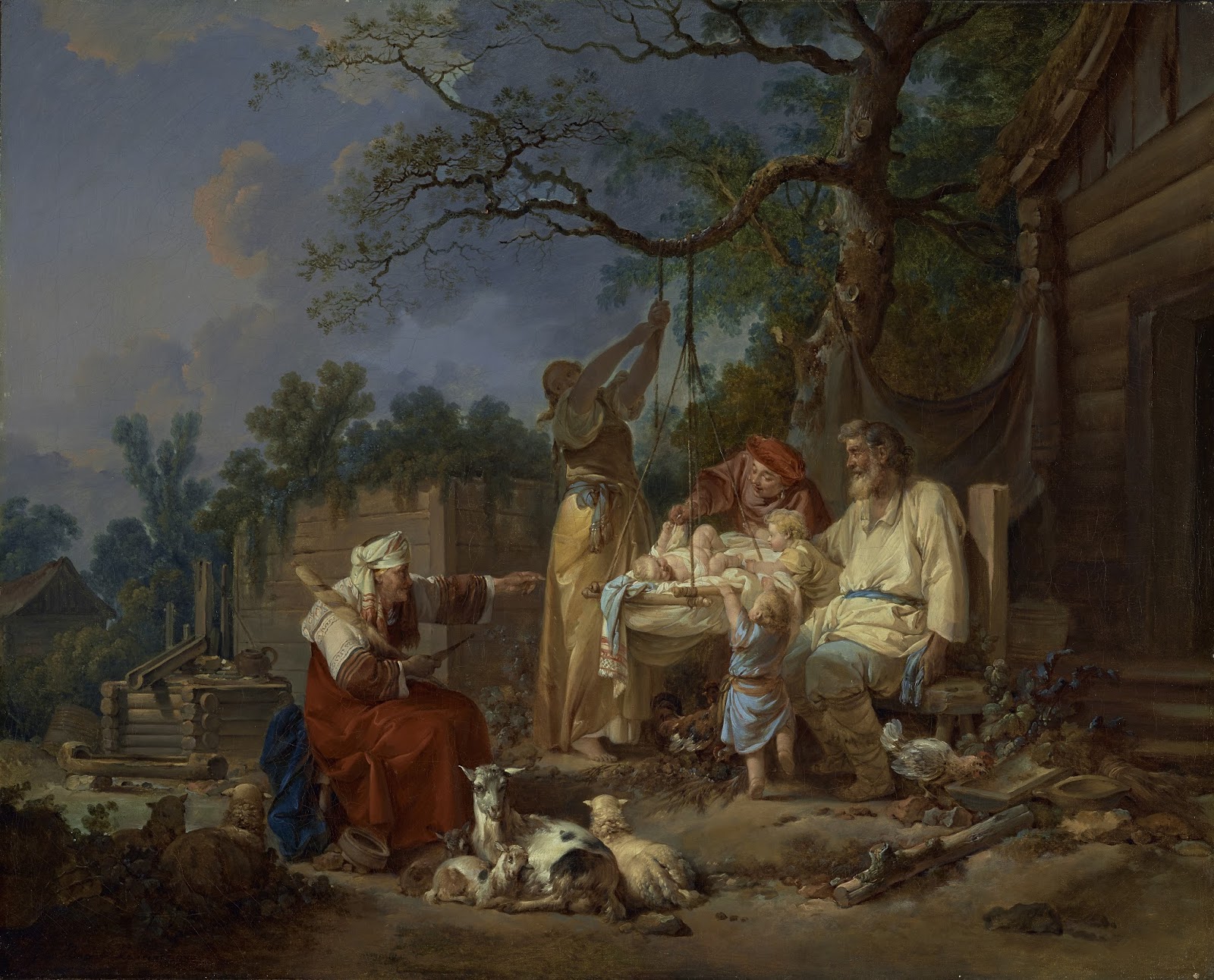
Jean-Baptiste Le Prince was an important French etcher and painter.

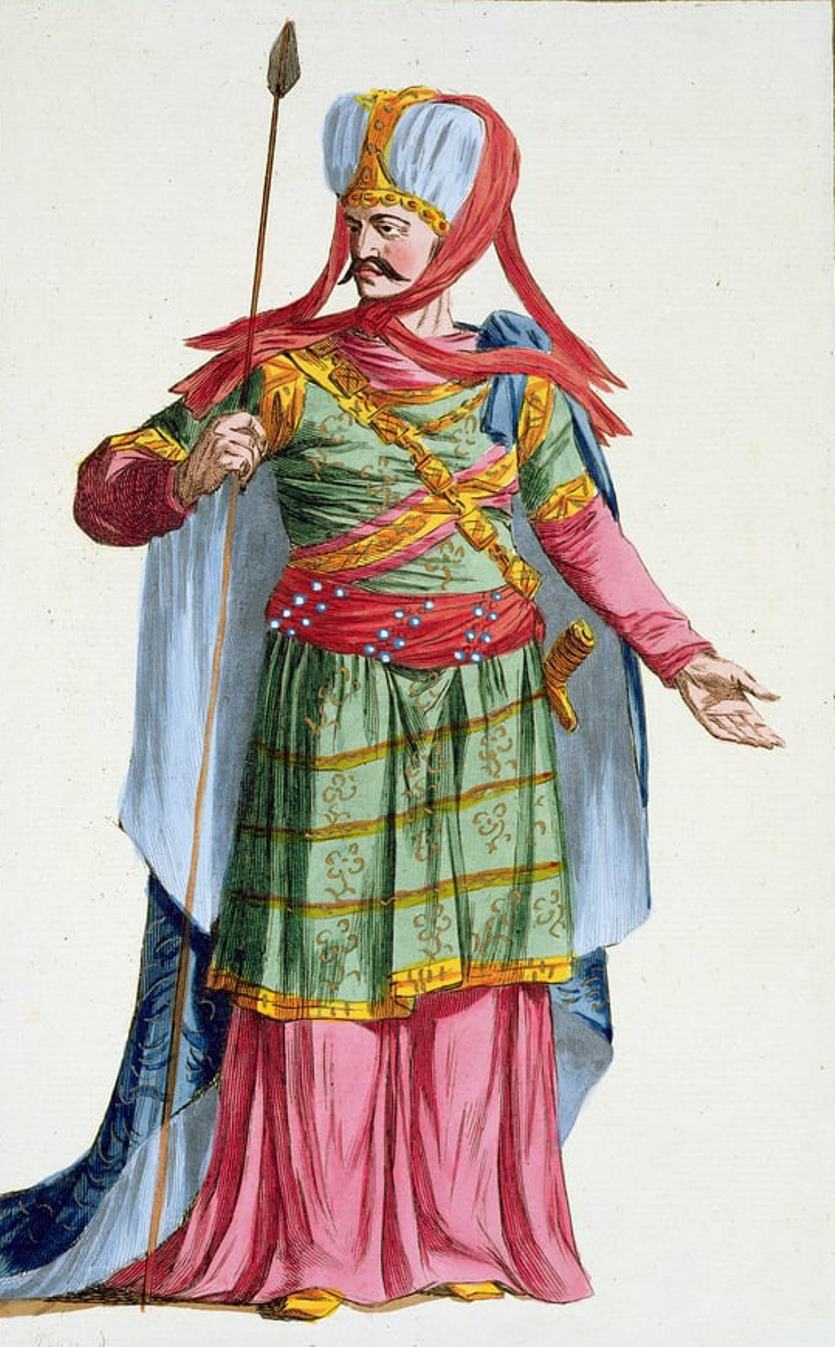
Pierre Duflos the Younger was a French painter, engraver and publisher.
Duflos was a renowned copper engraver and created works based on paintings by popular artists of his time. Of special note is a large work entitled "A Collection of Engravings representing the Degrees, Ranks, and Dignities, corresponding to the Costumes of all existing Nations; with Historical Explanations and Abridged Lives of Great Men, which illustrated the Dignities with which they were adorned," published in Paris in 1780. It is a veritable encyclopedia of the costume of many cultures of the world. It depicts real people such as Confucius, Montezuma, Mohammed II, Ahmet IV, Cortes, Jacques-Auguste de Thou, Thomas More, Marie Antoinette, as well as types from Africa, Asia, the Americas and Europe, including indigenous peoples. Pierre Duflos created it in collaboration with Marie-Elisabeth Thibault and Clément-Pierre Marillier.







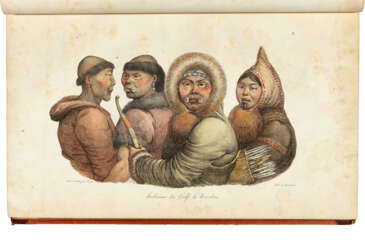


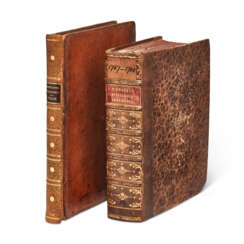

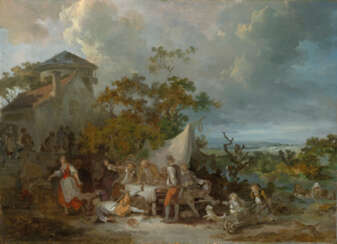

![[DUFLOS, Pierre (1742-1816)]](/assets/image/picture_3601338/e6522/h4vb8rs24owxafl7pfuqv4adheugvz88yuqfpktm0dasagq2votzbquecxx2yoeq1700205045jpg__fix_374_244.jpeg)
![[DUFLOS, Pierre (1742-1816)]](https://veryimportantlot.com/assets/image/picture_3601338/e6522/h4vb8rs24owxafl7pfuqv4adheugvz88yuqfpktm0dasagq2votzbquecxx2yoeq1700205045jpg__fix_374_244.jpeg)
